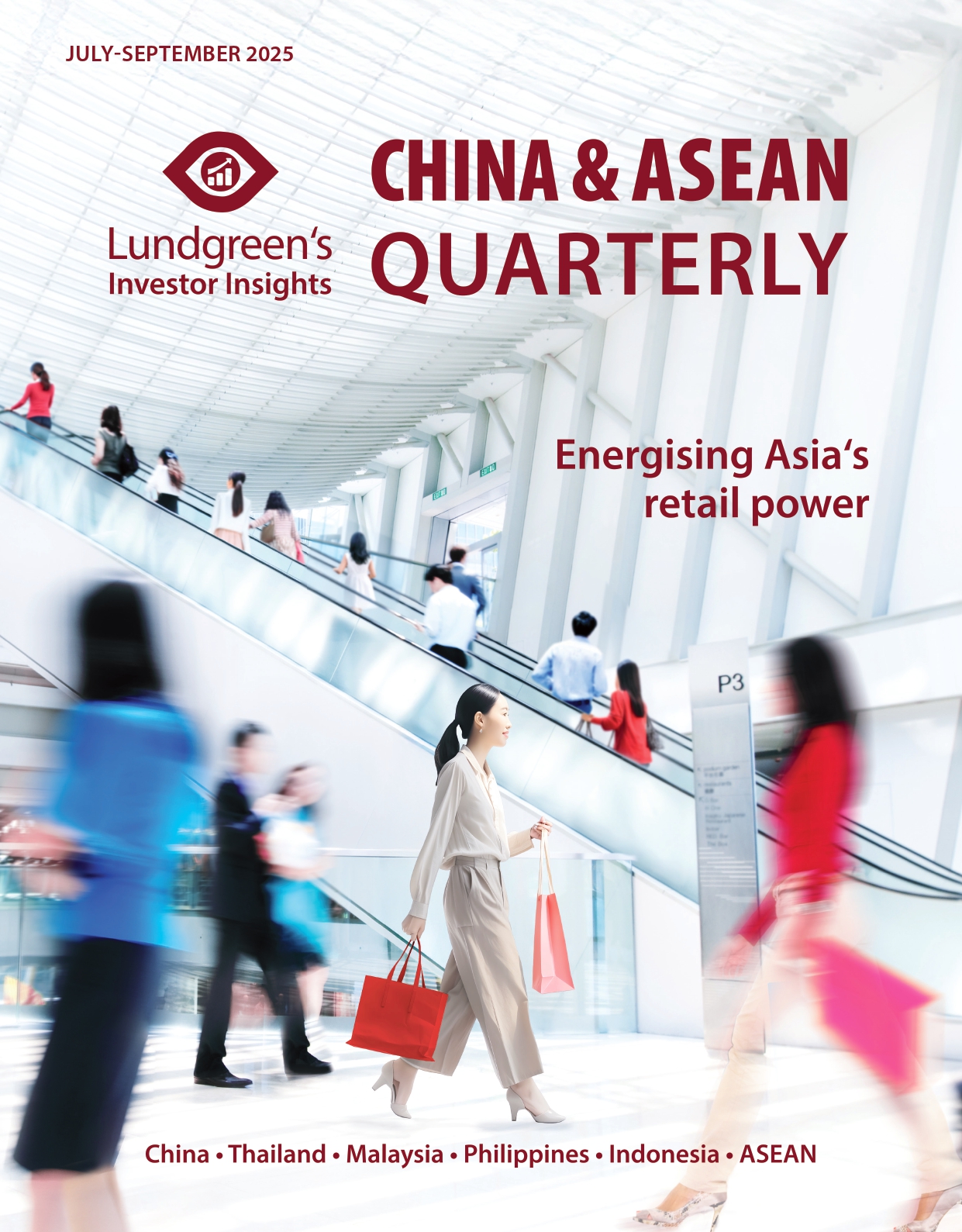The yen’s value amid a tale of two elections
The pre- and post-election periods in the US are often of interest to investors as global markets react to emerging developments. President Donald Trump’s return to the White House has raised concerns over his protectionist policies, including tax cuts and higher tariffs, which could have significant implications for global trade. Similarly, his win during the 2016 election also created uncertainty that led to an appreciation of the Japanese yen, while Japan’s long-term interest rate yields slightly dropped. As expectations of US fiscal stimulus increased, the dollar gained strength and the yen subsequently depreciated. These changes suggest a capital inflow in Japan during times of uncertainty, reinforcing the yen’s status as a safe-haven currency. Will the yen remain resilient under a second Trump administration?
Interestingly, this dynamic is not unique to Trump as past US elections have created similar effects on bond yields and exchange rates, as seen in Graph 1.

US elections and the yen
Past US elections have shown that its outcome can shift market sentiment and influence the yen. Pre-election polls are often unclear, fuelling market uncertainty that favours the yen as investors seek safety. For example, the months leading to the 2016 US election saw an increase in the yen’s value from USD 1: JPY 112 in March 2016 to 103.9 in October 2016. Meanwhile, Japanese bond yields moved to negative territory, signalling high demand for yen-denominated assets.
Trump’s surprise victory in November 2016 led to dollar appreciation as interest rates rose in anticipation of expansionary fiscal policy. This sudden shift drove the yen lower and pulled Japan’s long-term bond yields from negative zone barely a month post-election.
For example, the appreciation of the yen from 2007 to 2013 suggested a lasting impact of the global financial crisis at that time, with investors banking on a safe haven. Japan’s 10-year bond yield also started declining and hovered around 0.1 per cent until 2022. Unlike Trump’s anticipated radical economic policies that create market uncertainties, President Joe Biden’s ascent to power did not alter the value of the yen significantly with less drastic policy changes. Moreover, the effect of the pandemic may have contributed to reduced market activity and therefore, a relatively stable yen.
Japan’s domestic elections
Although with a lesser impact on the global scene, Japan’s own elections also shape the yen’s value as the domestic political landscape often determines the course of BOJ’s monetary policy. A notable instance is former Prime Minister Shinzo Abe’s return to power in 2012 that marked the beginning of aggressive monetary easing under Abenomics. Graph 2 shows the significant depreciation of the yen while boosting Japan’s export competitiveness beyond the pre-Plaza Accord level in 1985. In contrast, periods of political uncertainty, such as leadership transitions within Japan’s ruling Liberal Democratic Party, have led to a stronger yen as investors seek stability by holding more of the currency.
 The BOJ’s responses have largely been to support economic growth and borrowing rates, but shifts in the US dollar have driven the yen’s movement more than the BOJ’s own actions. Still, there have been notable exceptions where the BOJ intervened in currency markets to stabilize the yen, particularly during rapid depreciation episodes such as from 2000 to 2002 during former US President George W. Bush’s term.
The BOJ’s responses have largely been to support economic growth and borrowing rates, but shifts in the US dollar have driven the yen’s movement more than the BOJ’s own actions. Still, there have been notable exceptions where the BOJ intervened in currency markets to stabilize the yen, particularly during rapid depreciation episodes such as from 2000 to 2002 during former US President George W. Bush’s term.
Despite the rate cuts and quantitative easing measures in response to the Global Financial Crisis, the yen continued to appreciate until the introduction of Abenomics. Since then, the BOJ has maintained an accommodative stance, a trend that persisted until its recent 2024 interest rate hikes which sought to curb excessive yen depreciation. While yen depreciation has bolstered Japanese exports, the share of exports to the US has declined from 40 per cent before the Plaza Accord to around 20 per cent in recent years.
Trump 2.0
Trump’s return as US president ushers in new uncertainties given his protectionist stance on trade. While he aims to cut taxes and spur domestic production, his proposed tariff increases – especially against China, Canada, and Mexico – raise concerns about short-term inflation. In response, the Federal Reserve may take a hawkish stance to tame price movements, and this would increase interest rate differentials between US and Japan. This would then lead to further yen depreciation unless the BOJ conducts further rate increases.
Domestically, the recent October 2024 election ushered in a yen depreciation, from JPY 149 to JPY 153.8 per USD in December, due to the ruling coalition’s loss of the majority vote in the House of Representatives. The outcome of this election created an anticipation of a paradigm shift in Japanese politics.
The BOJ’s past responses to major elections provide insight into their potential actions in the future. Following the 2024 election where political uncertainty loomed, the BOJ opted to maintain its accommodative monetary stance, delaying any anticipated rate hikes. This decision aimed to support the economy amidst the political transition but it also contributed to the yen’s depreciation. In contrast, during periods of political stability, the BOJ has shown readiness to adjust interest rates in response to economic indicators. In early 2025, the BOJ raised short-term rates to 0.5 per cent, the highest since the 2008 financial crisis, amid signs of economic recovery and stable governance.
Further rate hikes during the year will be conditional on rising domestic wages and inflation, the effects of US tariffs on globally-traded goods, and delayed rate cuts from the US Federal Reserve. Should the status quo persist, we see that another rate hike in Japan is imminent. Moreover, the potential short-term dollar appreciation as the market responds to Trump’s policies may further weaken the yen and influence a cost-push inflation in Japan. This will provide further justification for the BOJ to raise interest rates to address excessive currency swings.







